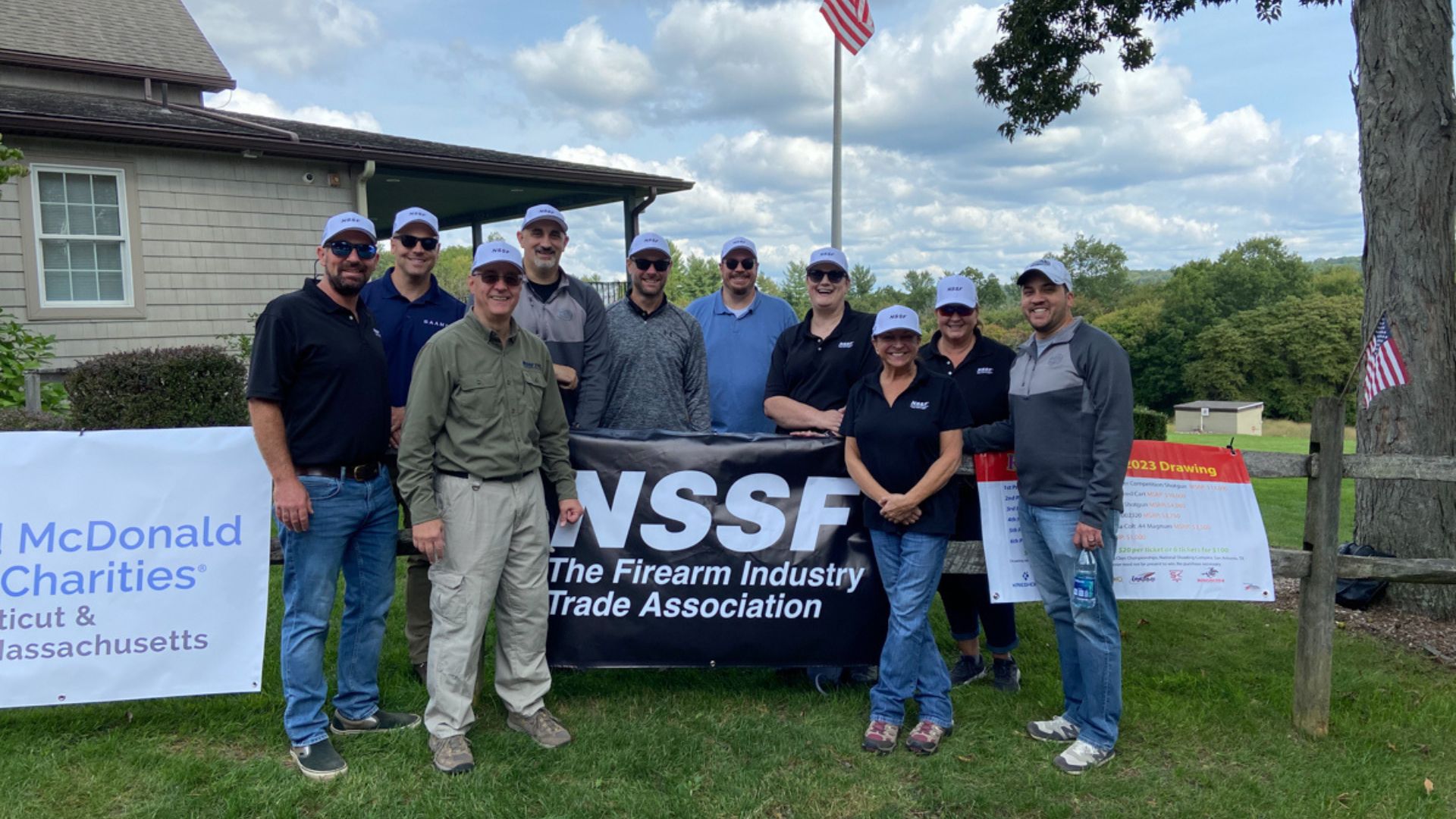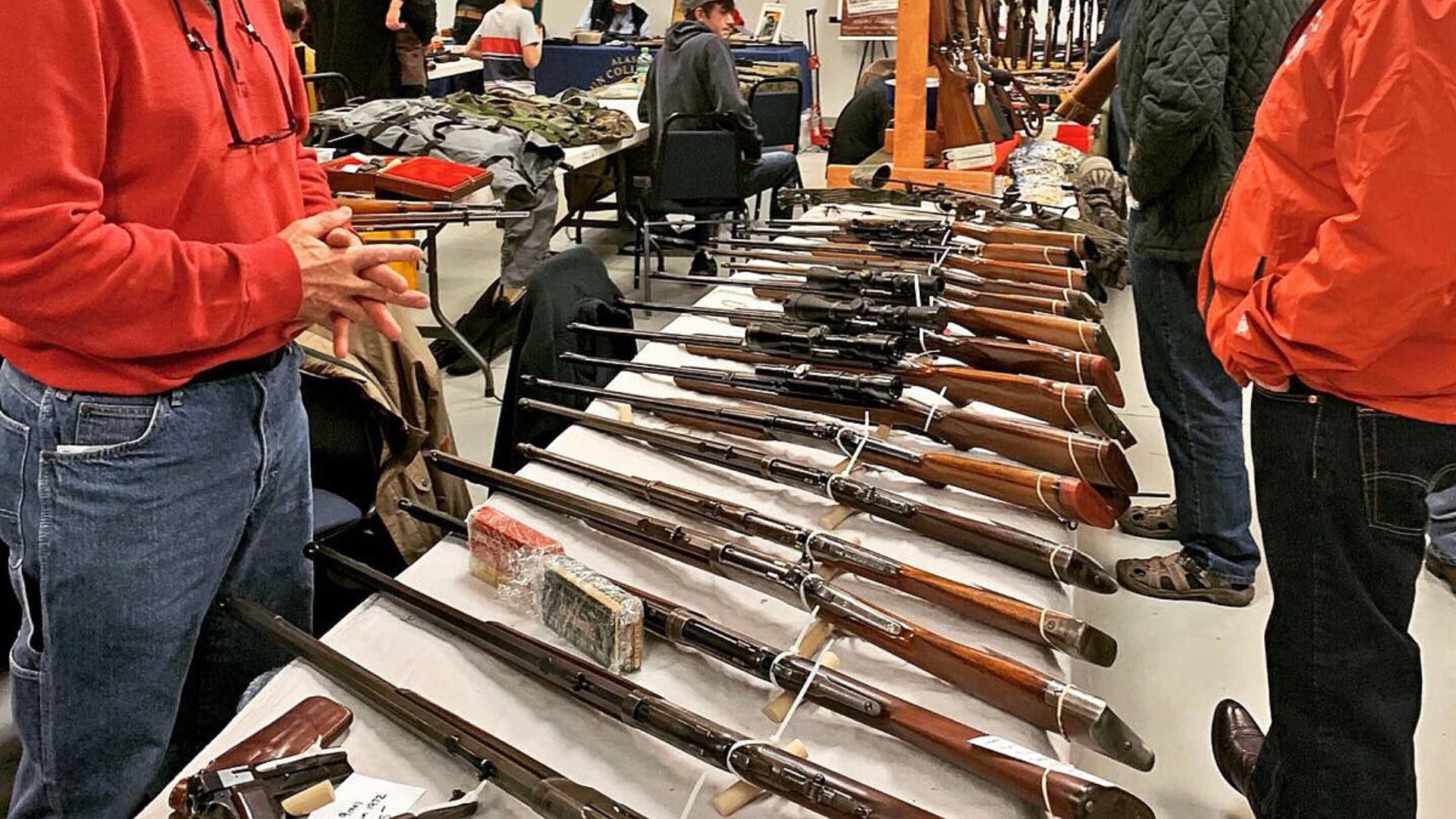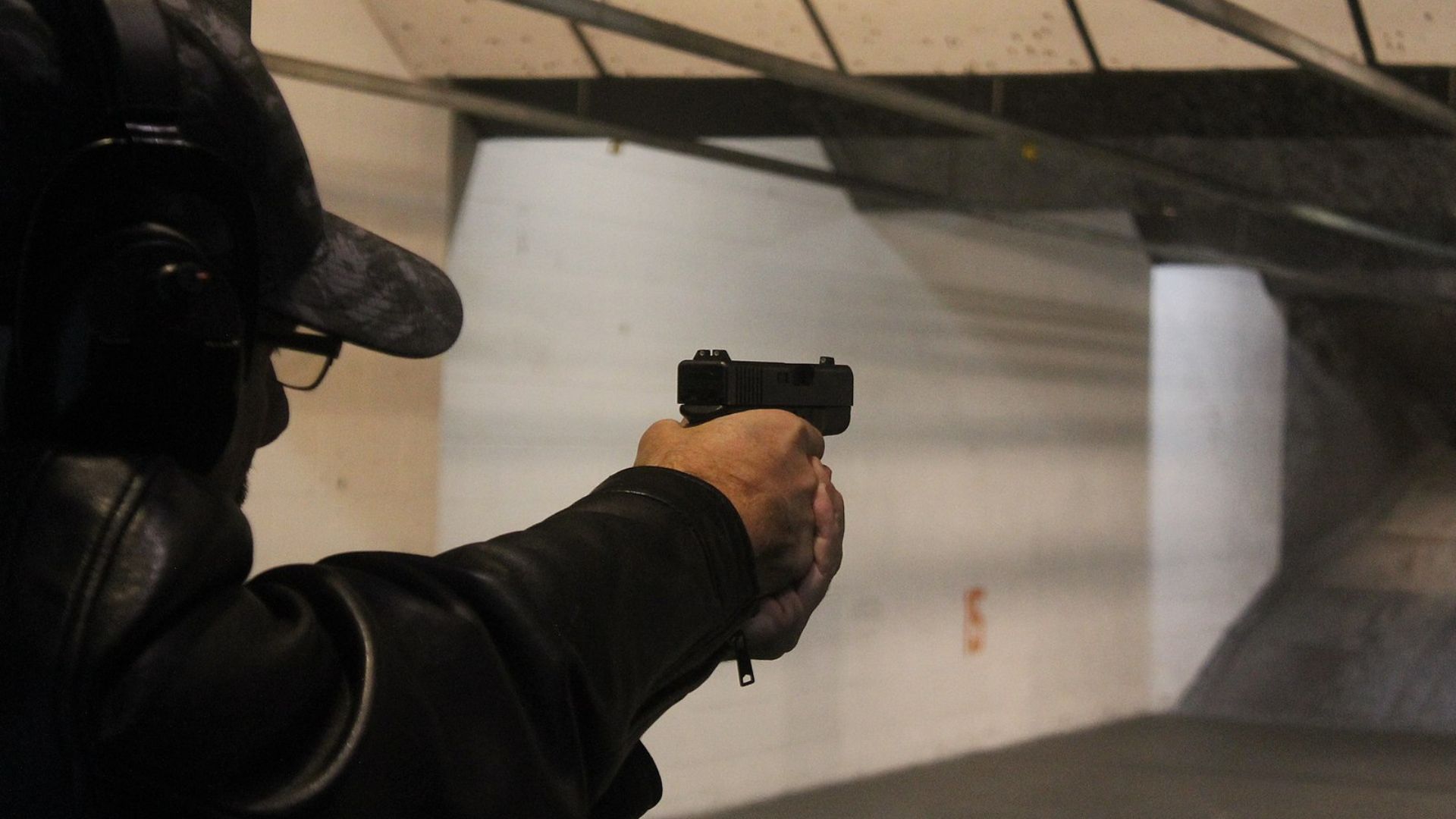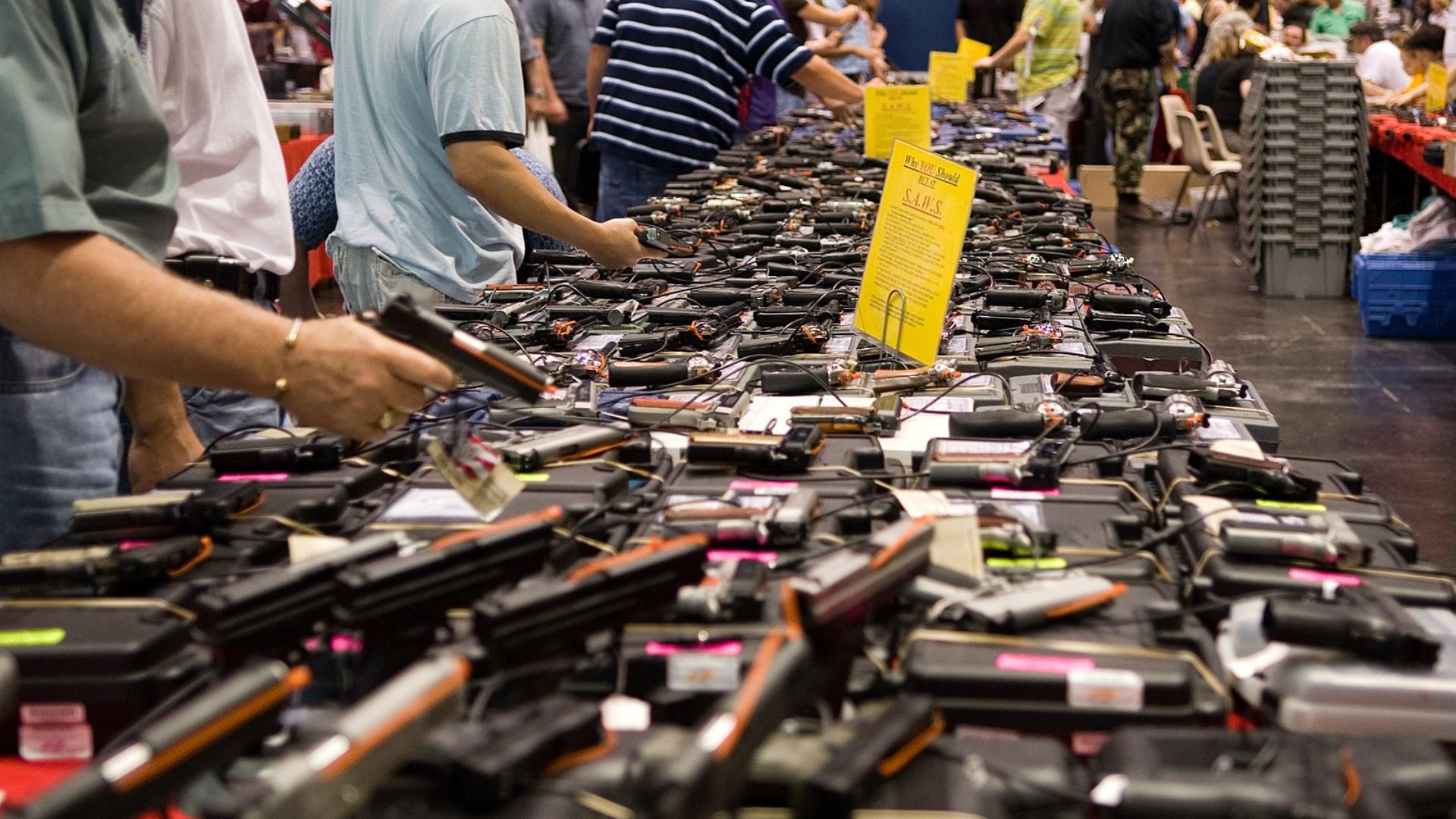Effective July 1, 2024, California will see the implementation of a significant new gun control law, introduced by bill AB28 from 2023, which includes an 11% tax relating to gun control measures.
As the date approaches, the introduction of this tax has led to considerable confusion and concern among Californians, yet no lawsuits have been filed against it, which is unusual given the state’s history with gun control legislation.
Uncertainty Among Californians Regarding New Gun Law

Many residents are unclear about the specifics of the new law and its financial implications.
This 11% tax is viewed as an additional burden on top of the already substantial costs related to gun ownership in California, which includes taxes, background check fees, and safety certificate costs.
Impact of the 11% Tax on Consumers

The new 11% tax is not directly imposed on consumers but on the industry. However, because the gun industry operates on tight margins, the cost is likely to be passed down to consumers in the form of higher prices.
Although it’s not a direct tax on purchases, many are worried that the financial burden of this tax will ultimately fall on the consumers, making firearms and related items more expensive.
Absence of Lawsuits Challenging the New Tax

Typically, significant legislative changes like this would face legal challenges, particularly in a state like California where gun control laws are frequently contested.
However, there has been no lawsuit filed to challenge this new tax, a situation that has many puzzled over the lack of legal response.
Lack of Plaintiff Delays Legal Action

The primary reason for the absence of a lawsuit is the lack of a plaintiff.
Since the law has not yet taken effect and no one has been subject to the 11% tax, there is no plaintiff who can claim to have been adversely affected by the law.
Groups Ready to Challenge the Law

Despite the absence of current legal challenges, there is readiness among legal groups to contest the law.
Chuck Michelle, the founding member of Michelle and Associates and the volunteer president of the CRPA, has expressed eagerness to challenge this tax. The National Shooting Sports Foundation, representing manufacturers and retailers, is also prepared to take legal action once a suitable plaintiff emerges.
Complexities in Challenging the New Tax

Challenging the new tax involves more complexities compared to other Second Amendment cases.
This excise tax targets the industry but indirectly affects consumers, complicating the legal arguments and strategies required to contest it under typical Second Amendment challenges.
The Cost of Gun Violence: A Financial and Social Burden

Gun deaths and injuries carry not only a tragic human cost but also a significant economic burden. Research indicates that for every 65 cents generated by the U.S. firearms industry, it incurs $1 in societal costs.
These figures, estimated by an economist in 2009, don’t even account for nonfatal injuries or the costs of firearm-related harms caused by U.S.-sold weapons internationally. This financial impact illustrates the rationale behind imposing higher taxes on the firearm industry.
Comparing Gun Taxation

Advocates for stricter gun control have argued that the firearm industry should be taxed similarly to alcohol and tobacco, given the associated harms.
The idea is that firearms, unlike consumable products that are used once, persist and accumulate costs over time. California’s new law aligns the taxation of firearms with that of alcohol but still falls short of the higher rates applied to tobacco, where the effective tax is significantly greater.
The Potential Impact of the Tax on Gun Violence

The relationship between gun pricing and demand is critical to understanding the potential impact of new taxes.
In 2023, a study showed that for every 1% increase in the price of firearms, there is a corresponding 2.6% drop in demand. This high sensitivity to price changes suggests that the new tax could significantly influence gun violence by making firearms less affordable.
California’s Approach to Firearm Taxation

As gun sales in the U.S. have increased dramatically over the past two decades—to about 20 million guns annually—the weapons have become deadlier and more costly.
California’s decision to tax firearms at a rate comparable to alcohol but below tobacco reflects a strategic approach to addressing the long-term costs associated with gun violence and ownership.
Future Implications and Observations

When the new tax law takes effect in July, it will be closely watched for its effects on gun violence rates and industry response.
While it’s unclear how immediate the impact will be, the theory suggests that higher costs could lead to a significant reduction in gun purchases.
